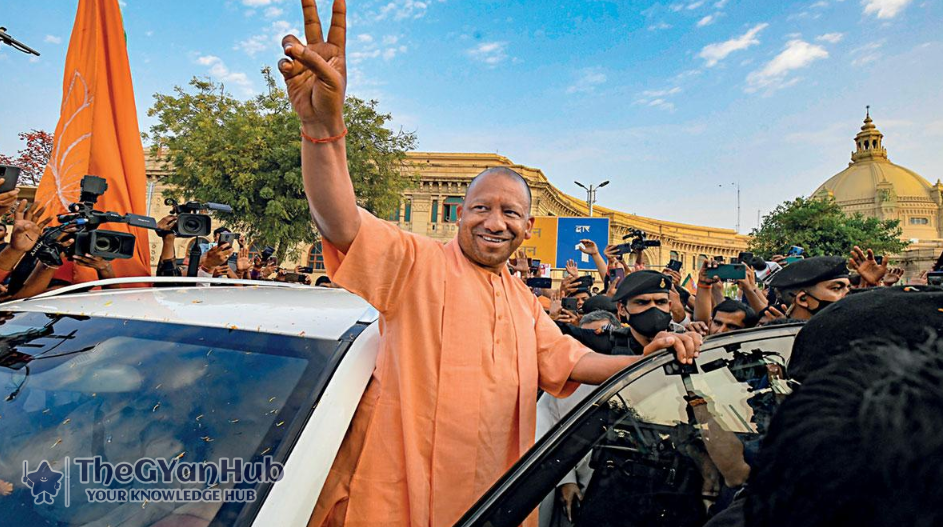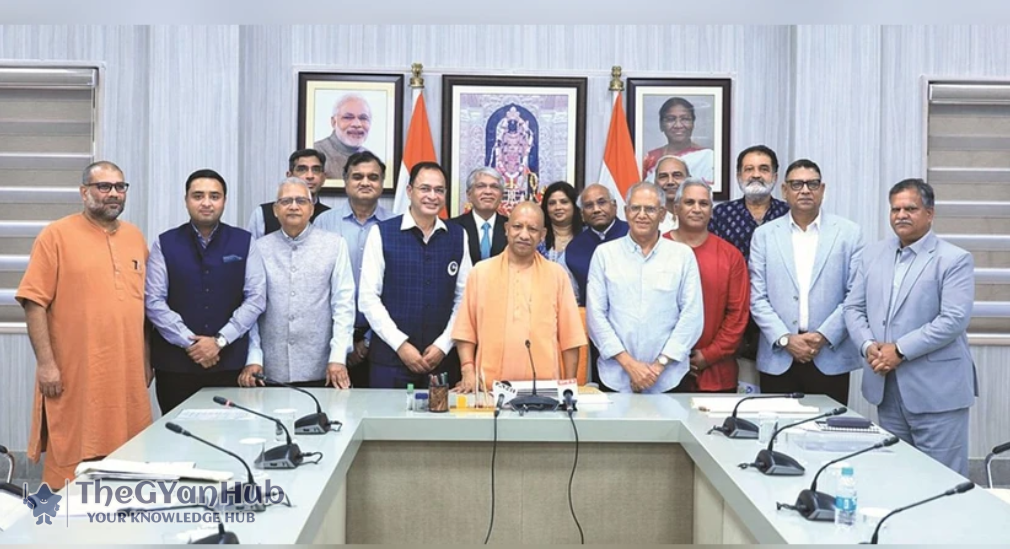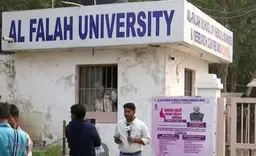I’m a passionate writer who loves exploring ideas, sharing stories, and connecting with readers through meaningful content.I’m dedicated to sharing insights and stories that make readers think, feel, and discover something new.
Uttar Pradesh's Ambitious $1 Trillion Economy Target by 2027
Uttar Pradesh, one of India's most populous and dynamic states, has set an ambitious target to become a $1 trillion economy by the year 2027. This target is not only bold but also strategically significant, given the size, diversity, and economic potential of the state. Under the leadership of Chief Minister Yogi Adityanath, the state government is implementing various reforms and initiatives to ensure that this vision becomes a reality. A robust advisory framework, significant investment in infrastructure, departmental accountability, and public-private partnerships form the core of this mission.
Vision Behind the $1 Trillion Economy Target
The vision to make Uttar Pradesh a $1 trillion economy stems from India's broader goal of becoming a $5 trillion economy. As the largest state in terms of population, UP has the capacity to contribute significantly to the national GDP. The state government envisions transforming every district into an economic hub, utilizing its unique resources, skilled population, and industrial corridors. This goal includes increasing the state's GSDP, improving the ease of doing business, fostering innovation, and promoting inclusive growth.
A strong emphasis has been placed on the role of district-level planning, where local strengths such as agriculture, handicrafts, MSMEs, and tourism are being identified and developed. Each district has been asked to chart its economic blueprint to align with the state’s larger target.
Economic Advisory Group and Expert Support
To guide the state in this massive endeavor, the government has constituted a Chief Minister's Economic Advisory Group (EAG). This group includes renowned economists, industry leaders, and consulting firms such as Deloitte. The primary role of this advisory group is to assist in drafting realistic policies, analyzing sectoral opportunities, and evaluating the progress of departments.
Deloitte has been actively involved in helping departments set measurable economic goals. Their framework focuses on key performance indicators (KPIs), district-wise targets, and timeline-based implementations. The EAG is not merely a recommending body but actively reviews outcomes, identifies bottlenecks, and provides real-time solutions. This results in an agile governance model where economic policies are data-driven and goal-oriented.

Sectoral Strategies: Manufacturing, Agriculture, Services, and Exports
Achieving the $1 trillion target requires a balanced sectoral growth strategy:
Manufacturing: The state is prioritizing the development of industrial clusters, with a focus on electronics, textiles, defense equipment, and food processing. Special Investment Regions (SIRs) are being developed in areas like Aligarh, Unnao, Jhansi, and Prayagraj to attract large-scale manufacturing units.
Agriculture: With a large agrarian base, the government is promoting value-added agriculture through food processing parks, modern storage, and irrigation facilities. The introduction of new technology and contract farming is expected to increase farmer income.
Services: The IT and ITeS sectors are being promoted with new infrastructure in Tier-2 and Tier-3 cities. BPOs, fintech startups, and educational institutions are being incentivized to expand operations.
Exports: Initiatives like the One District One Product (ODOP) scheme are designed to promote district-specific products in global markets. Export facilitation centers and improved logistics infrastructure are being established.
Governance Reforms and Departmental Accountability
The state government has introduced several governance reforms to streamline decision-making and ensure better accountability. Each department has been given specific targets and performance benchmarks that align with the overall economic goal. Monthly reviews, third-party audits, and use of digital dashboards ensure that the performance is monitored continuously.
The government has also introduced outcome-based budgeting, where departments must demonstrate the impact of their expenditures. For instance, the health department is expected to show improvement in healthcare accessibility, while the energy department must report increases in electrification and power stability.
Digital tools like data dashboards have been developed to monitor Gross District Domestic Product (GDDP), enabling localized tracking of economic progress. This ensures that no region is left behind and that underperforming areas receive targeted interventions.
Investment, Infrastructure, and Global Partnerships
A key driver of this economic vision is massive investment in infrastructure. The state is improving roads, expressways, logistics parks, airports, and metro rail networks. Projects like the Ganga Expressway, Jewar Airport, and Bundelkhand Expressway are expected to become economic corridors that connect rural and urban markets.
In addition to domestic funding, UP is attracting global investment through investor summits, MoUs, and sectoral conferences. Partnerships with countries such as Japan, South Korea, and the UAE are being explored to bring foreign direct investment into high-potential sectors.
Public-Private Partnerships (PPP) have been adopted for sectors like health, education, and logistics to ensure timely delivery of services and projects. The state is also working closely with international organizations like the World Bank for development assistance and technical support in areas like urban planning, e-governance, and agriculture.
Uttar Pradesh $1 trillion economyUP economic growth 2027Chief Minister Economic Advisory GroupUP infrastructure development One District One Product UPUP GDP growth strategyUP investment summit DeloitteUP economyUP public-private partnershipIndustrial development in UP






